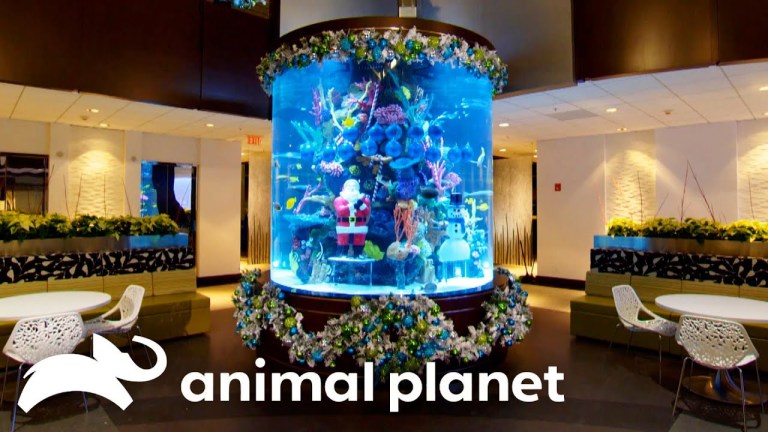The Internal System That Lets a Tiny Tardigrade Micro-Animal Survive Severe Dehydration for Years at a Time
In an exsiccate episode of ACS Reactions, narrator Sean Parsons takes a look at the surprisingly adorable micro-animal known as a tardigrade or “water bear”. Despite their cute exterior, these tiny animals are as tough as honey badgers. Not only are they able to withstand extreme heat, extreme cold and extreme gamma ray exposure, but they have an internal mechanism that allows them to survive severe dehydration, perhaps for years at a time.
A study published in 2017 found that tardigrades have evolved a mechanism all their own for when their water supply dries up. Their genes code for a tardigrade specific set of proteins called TDPs. Most proteins have an ordered structure that gives them a specific biochemical function. But TDPs are disordered floppy, loosey-goosey. When water starts getting scarce, tardigrades respond by making lots of these floppy loosey-goosey TDPs and as the tardigrade cells start to dry out the TDPs starts standing in for water filling in the gaps and holding everything in place.






